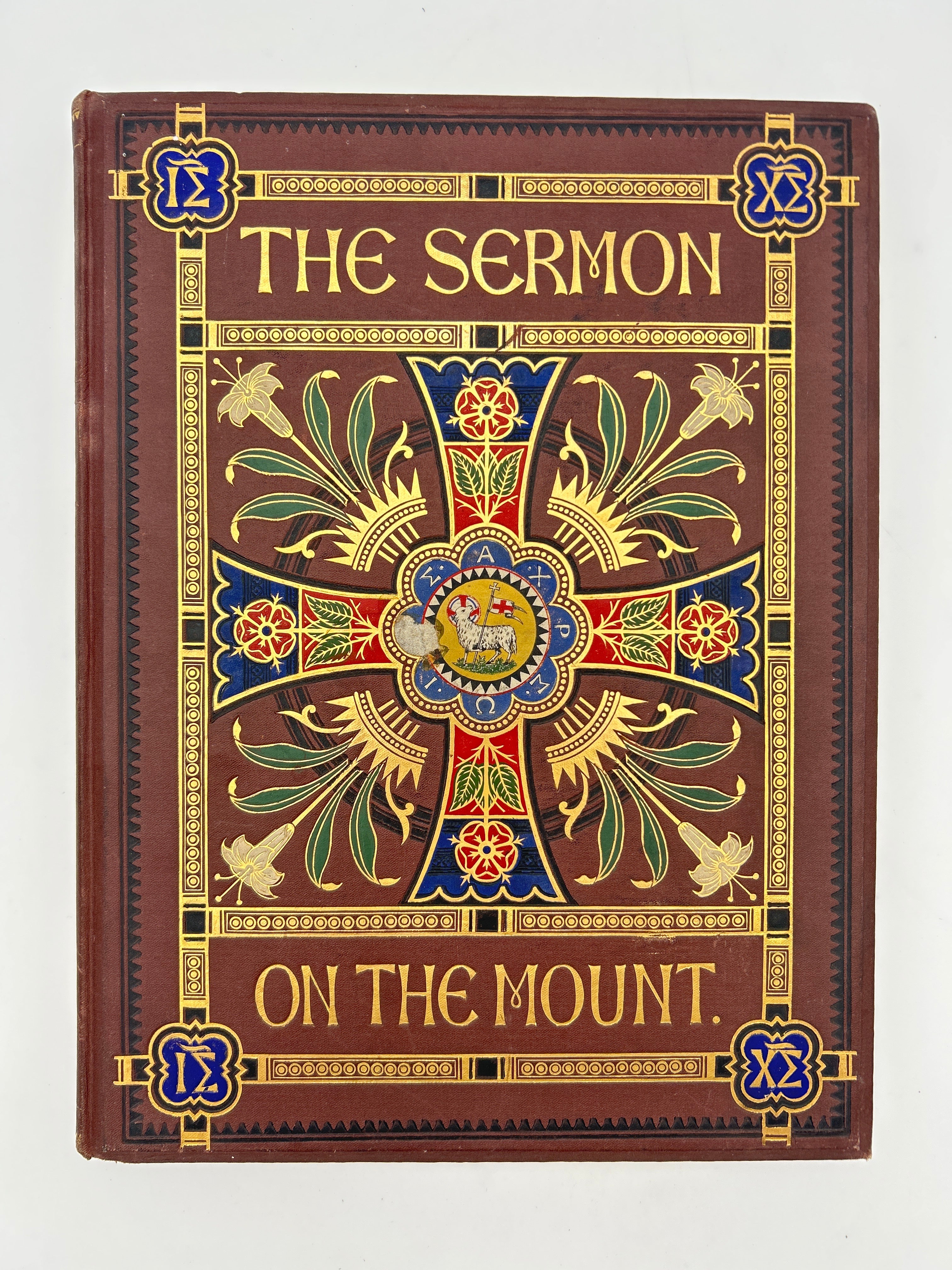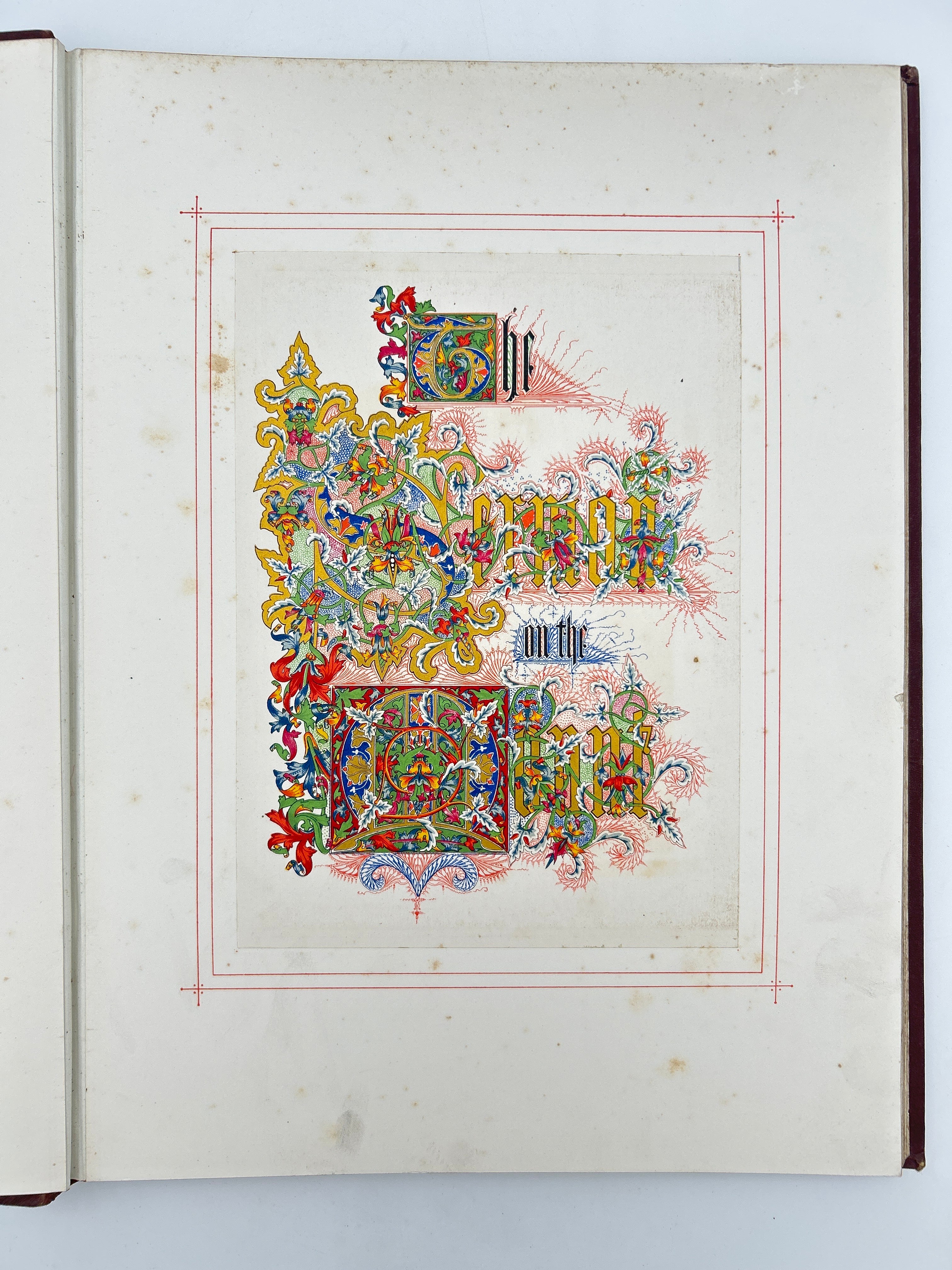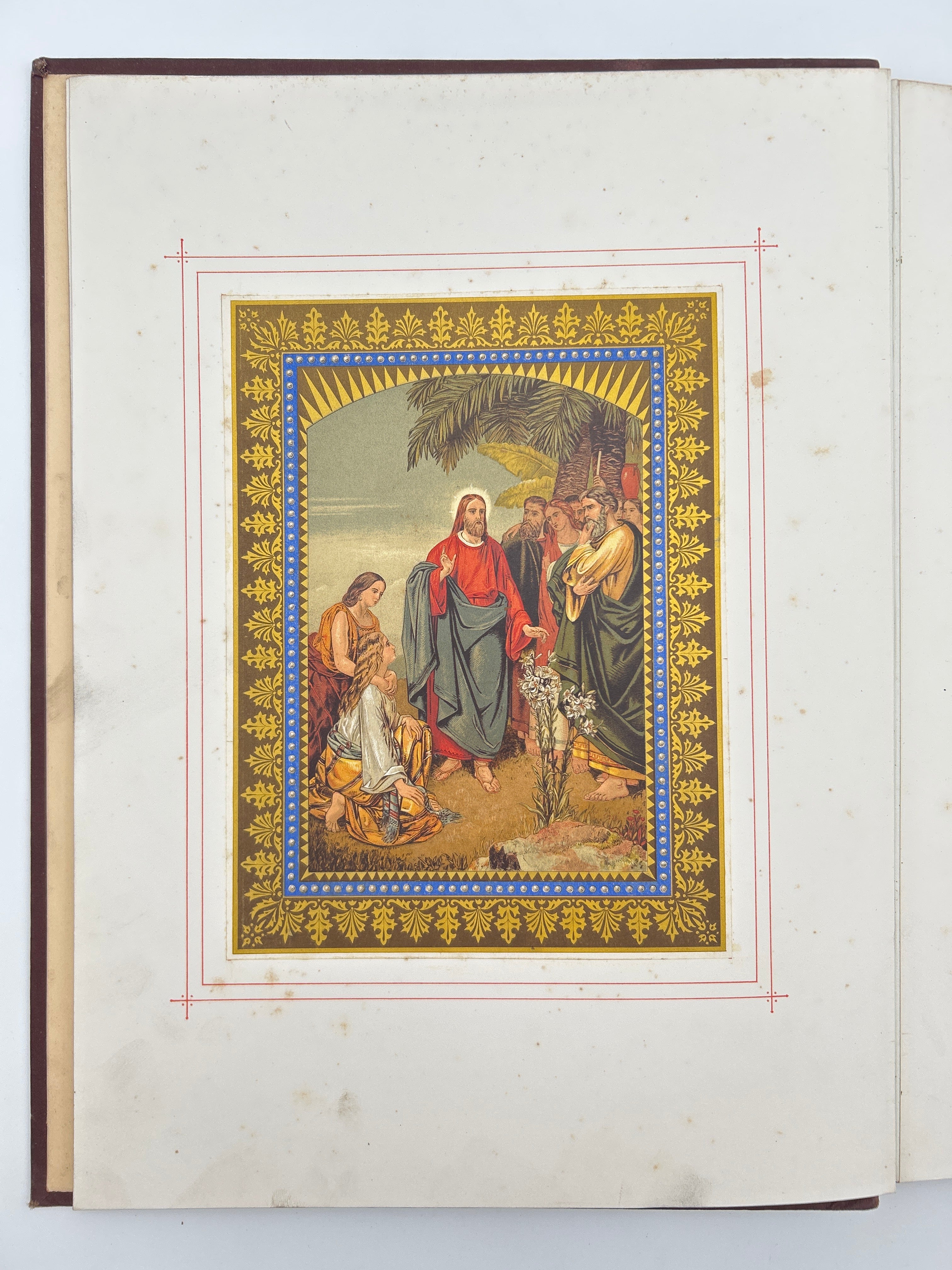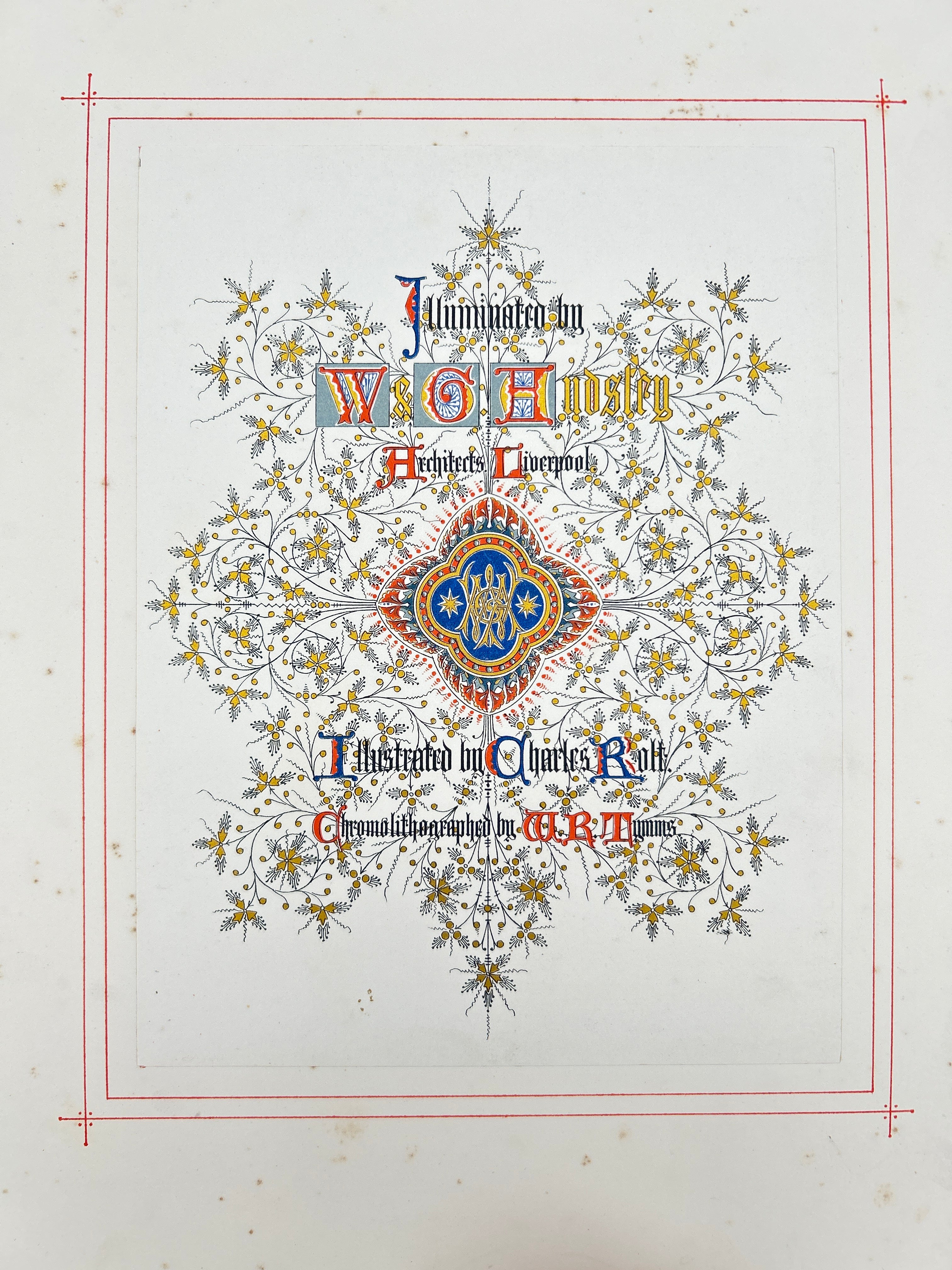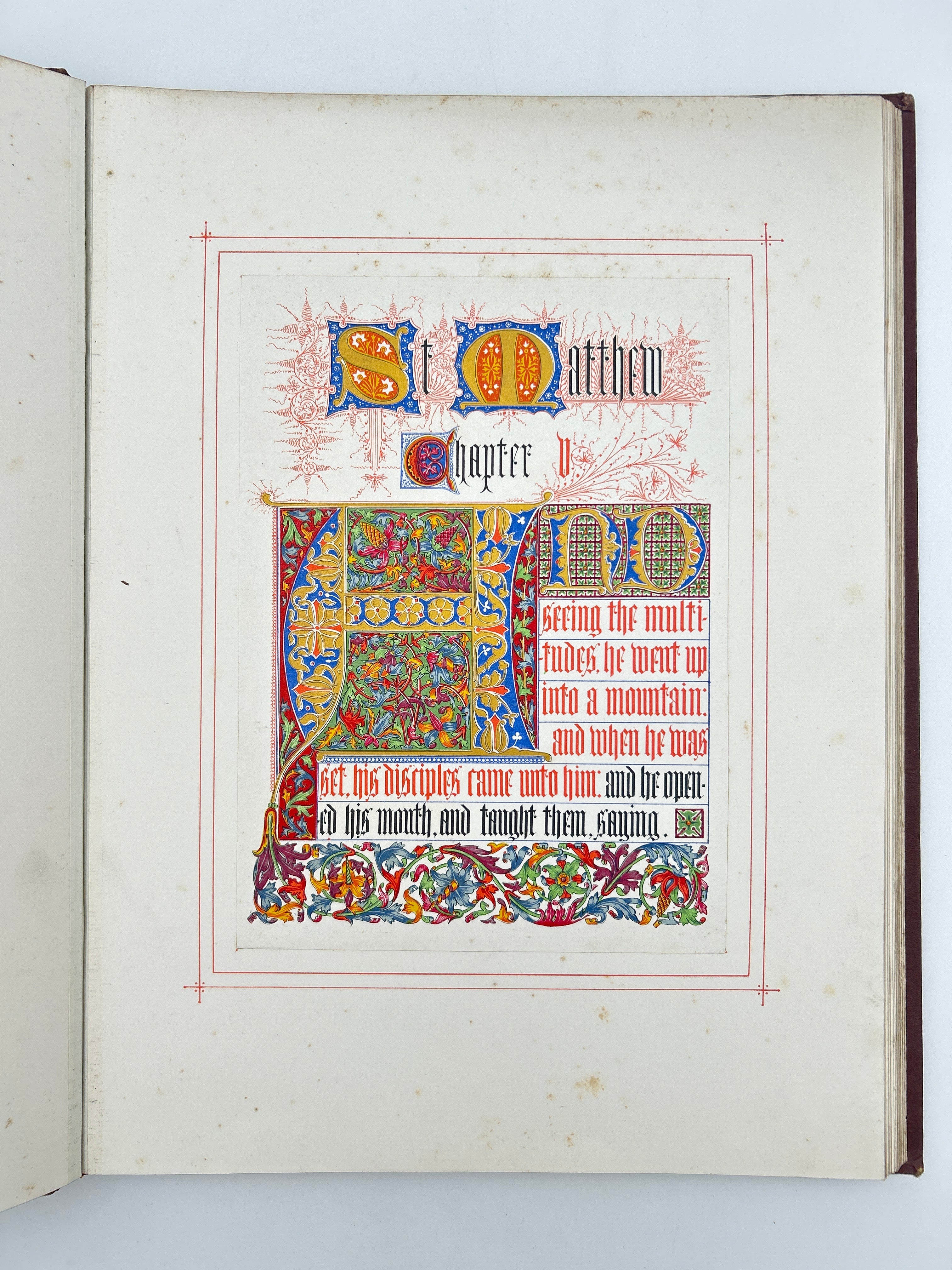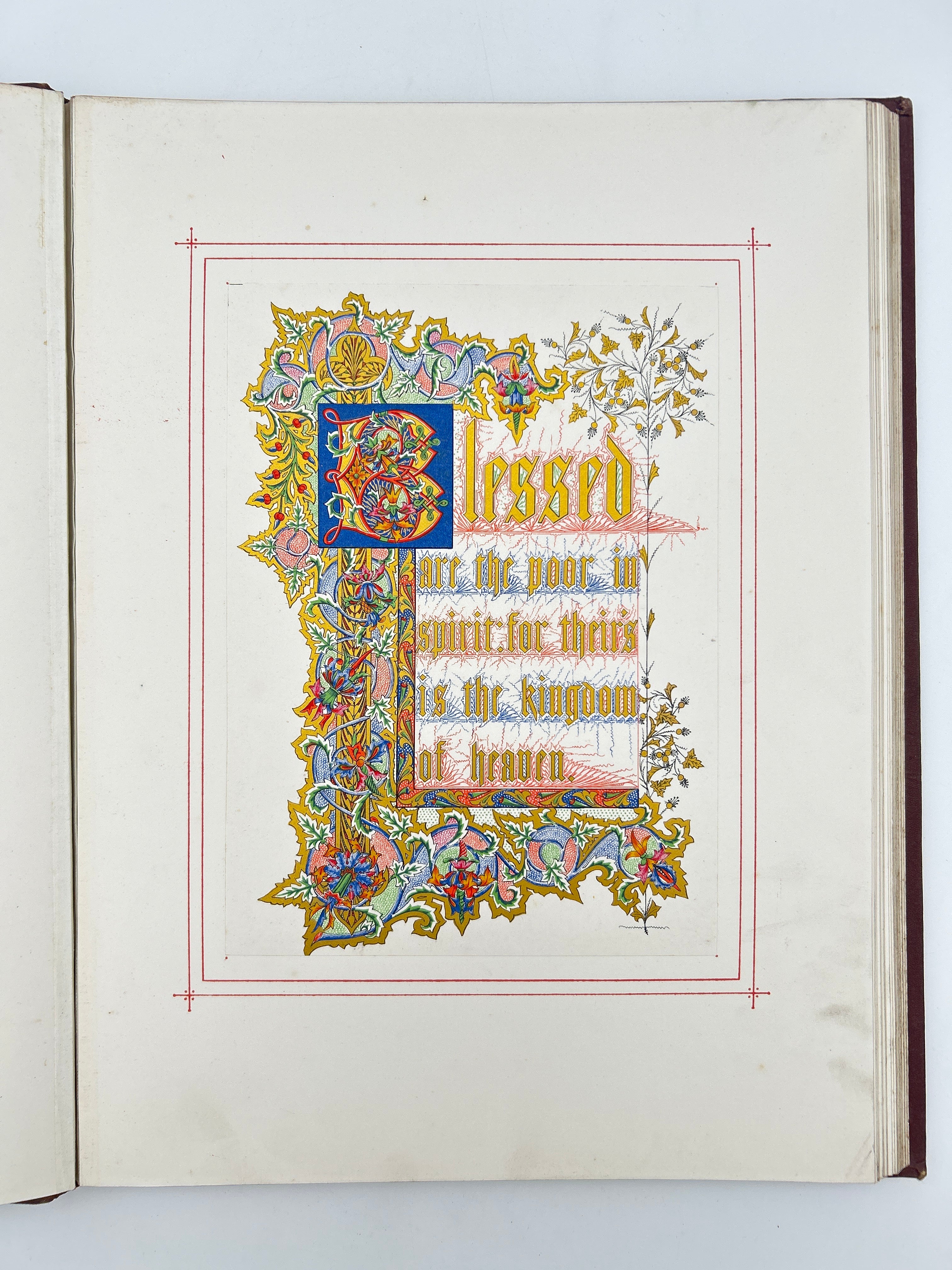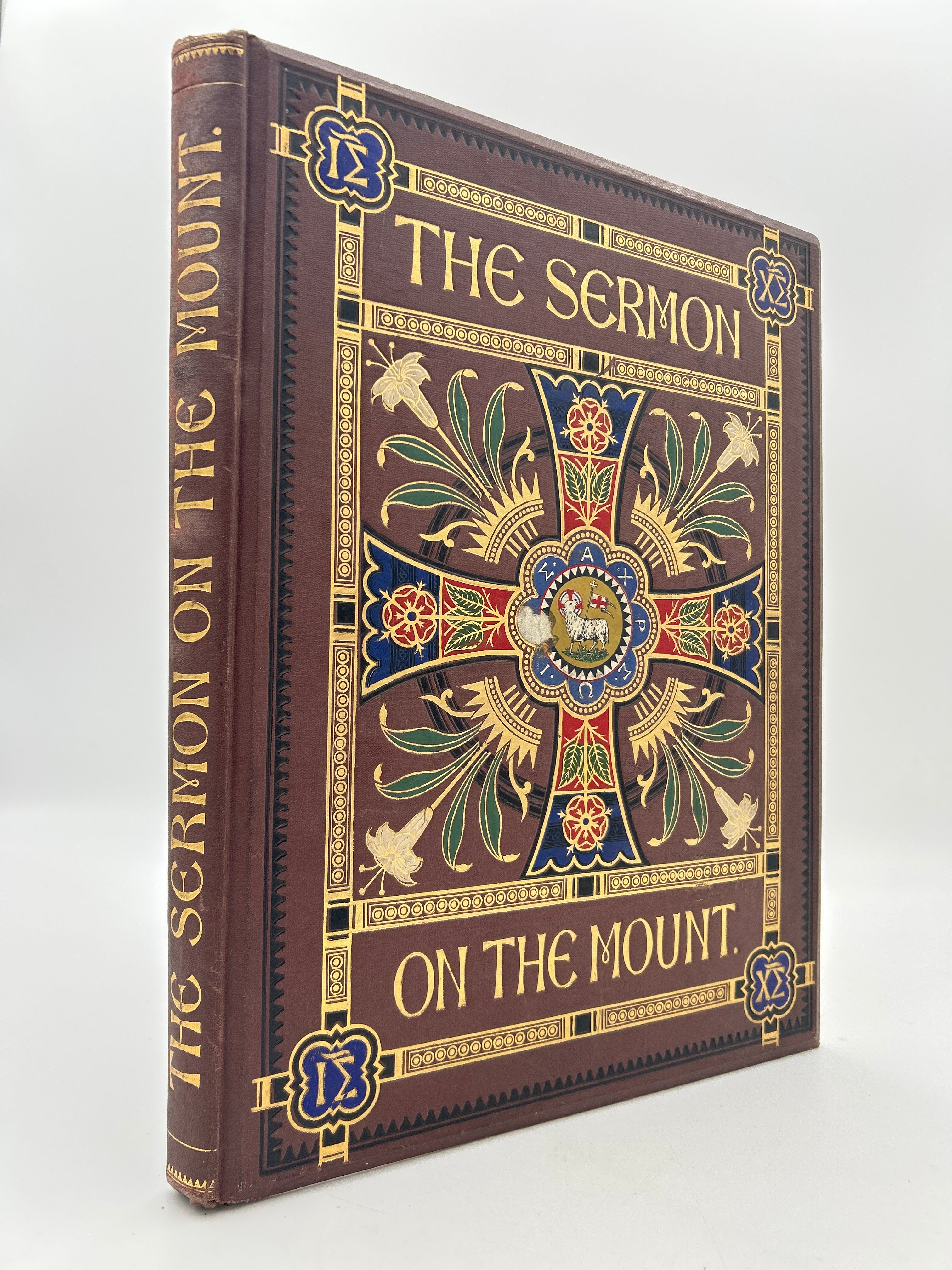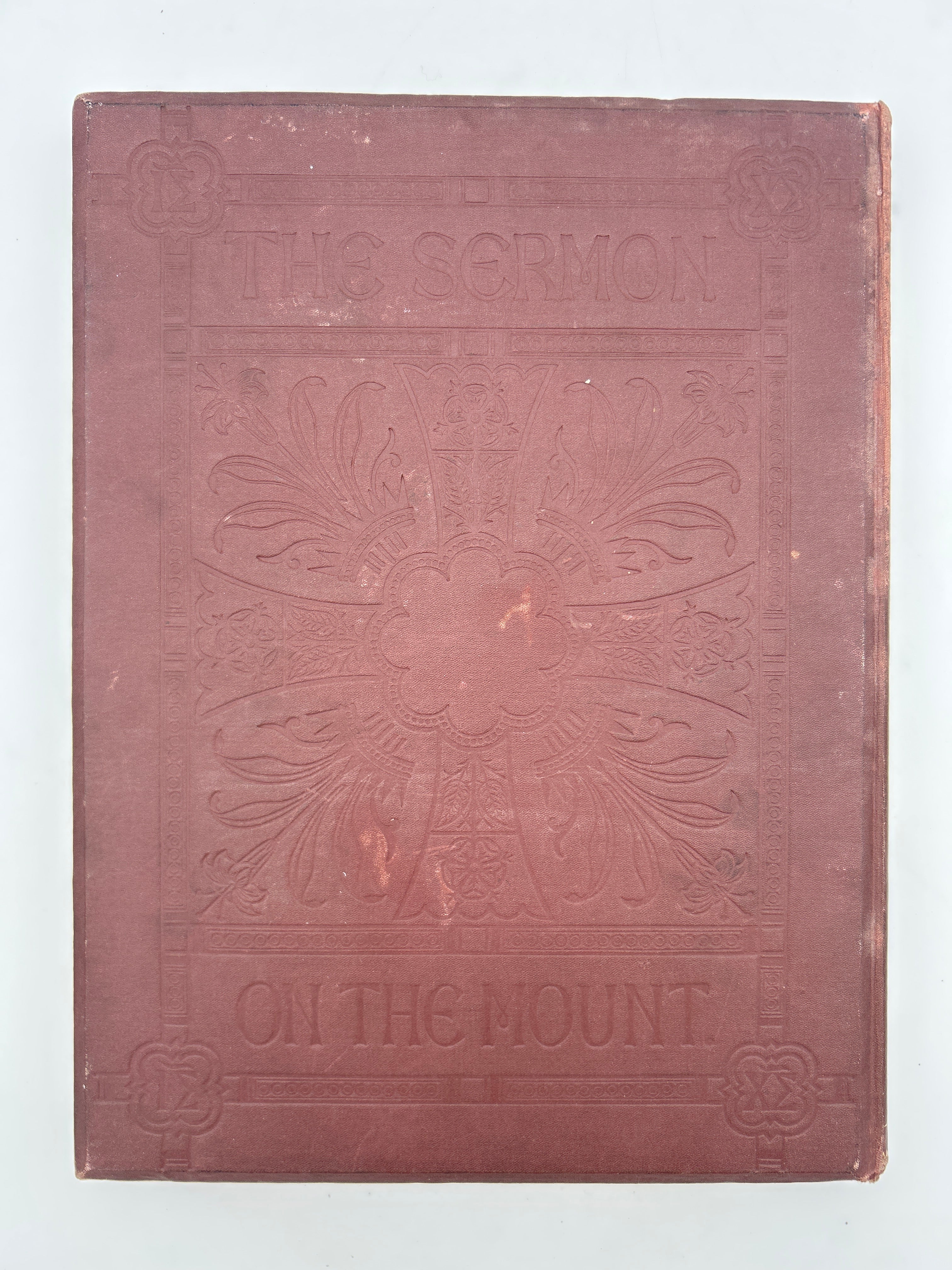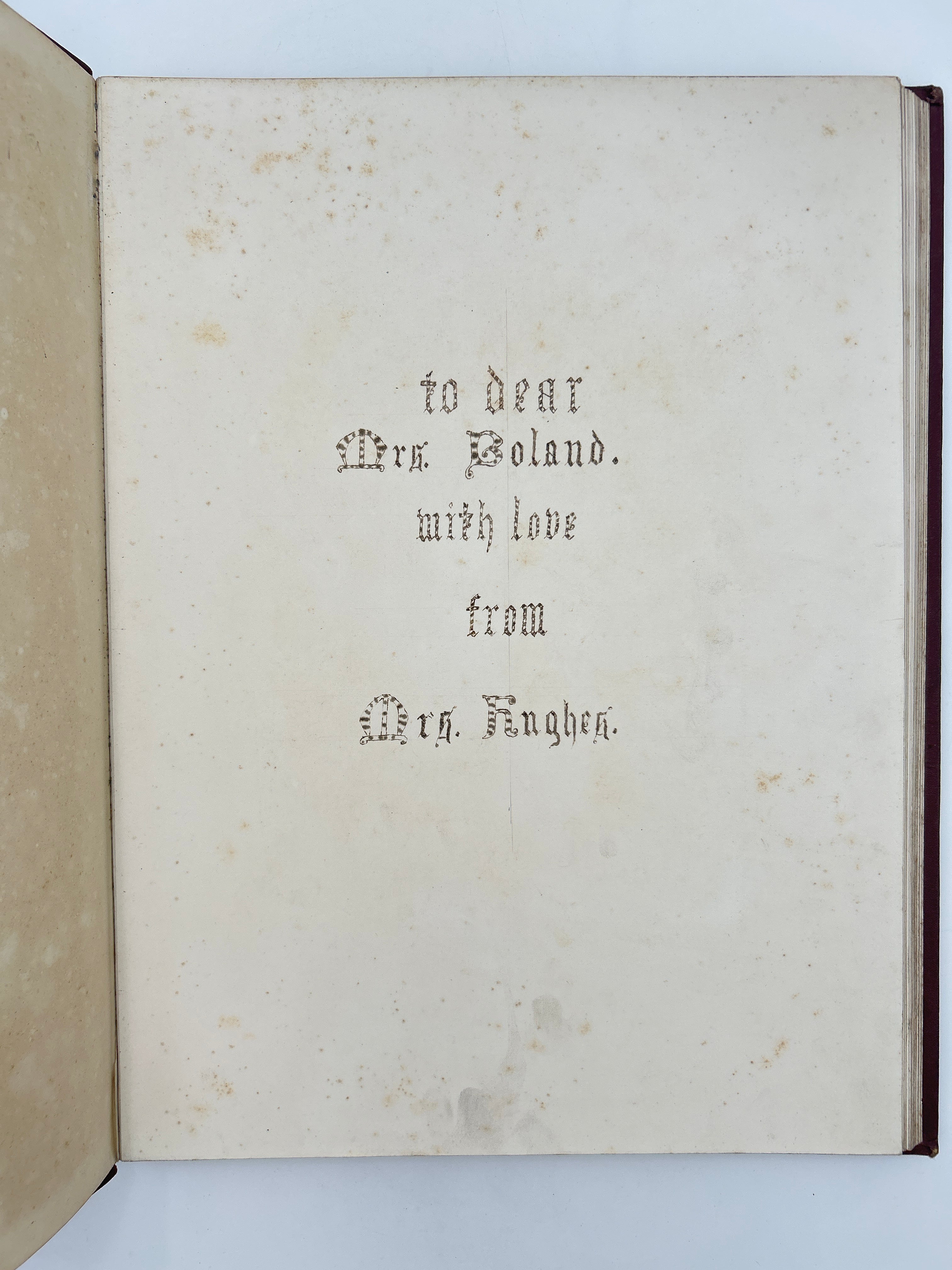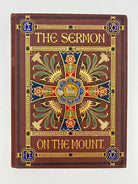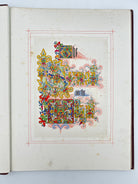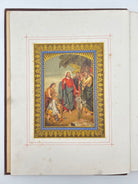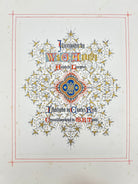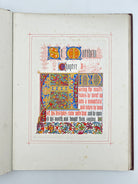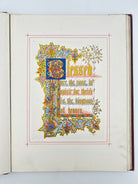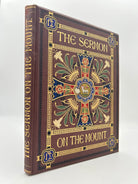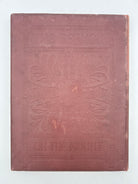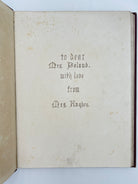The Sermon on the Mount
Couldn't load pickup availability
5B Audsley W. & G. London: Day & Son, 1861.
Notes
The Sermon on the Mount, found in the Gospel of Matthew chapters 5–7, is one of the most famous and foundational teachings of Jesus. Delivered on a hillside in Galilee, this sermon outlines the values of the Kingdom of Heaven, offering a radical redefinition of righteousness, humility, mercy, and love. It begins with the Beatitudes, blessings for the poor in spirit, the meek, the peacemakers, and others often overlooked by society. Jesus then teaches on prayer (including the Lord’s Prayer), forgiveness, charity, and moral integrity, challenging not just outward behavior but inner motives. With its call to love enemies, turn the other cheek, and seek first the kingdom of God, the Sermon on the Mount presents a vision of discipleship marked by grace, inward transformation, and trust in God—echoes of which have shaped Christian ethics and moral philosophy for centuries.
Chromolithography is a 19th-century printing technique that allowed for the mass production of richly colored images, revolutionizing both art and commercial printing. Developed from traditional lithography, it involved using multiple carefully prepared stone plates—each inked with a different color—to build up a full-color image layer by layer. Though labor-intensive and requiring great skill to align (or "register") each color accurately, chromolithography enabled vivid, detailed reproductions of artwork, religious imagery, advertisements, and illustrated books. By the mid to late 1800s, it became especially popular for producing decorative prints, children's books, and devotional items, offering the public access to affordable, high-quality color images for the first time.
Description
Brown cloth binding with lavish gilt stamped designs and colored paper inlays creating a Greek cross design. Lower board with same design blind stamped. Spine lettered in gilt. All edges gilt. Some wear to corners and bumping to head and foot. Small patch about a half inch in diameter of wearing of blue paper inlay on upper board.
Frontispiece and twenty six large chromolithographic plates pasted onto heavy card leaves. Some foxing to card mounts but otherwise fine internally. Blank preliminary page with inscription “To dear Mrs. Borland with love from Mrs. Hughes”. Described as “one of the most colorful and complex covers created in the 19th century.”
